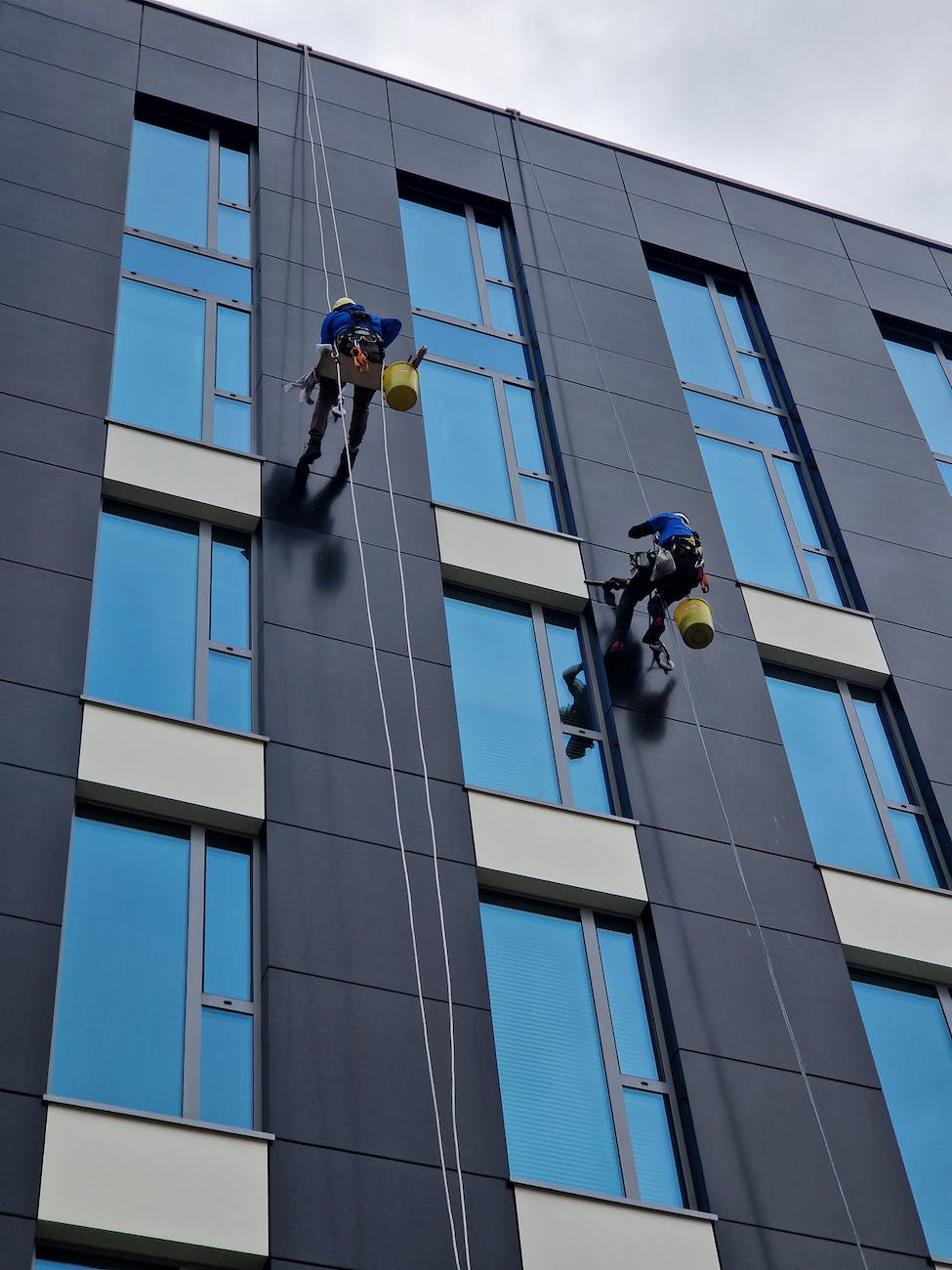
Work At Height | Hazards and Safety Precautions | Download PPT
Work At Height : Work at height is a common aspect of many industries, from construction and maintenance to window cleaning and tree trimming. While it’s an integral part of various job roles, it also presents significant hazards. This article will explore the hazards associated with working at height and provide essential safety precautions to ensure the well-being of workers. Additionally, we’ll offer you the opportunity to download a comprehensive PowerPoint presentation (PPT) to further educate yourself or your team on this critical subject.
Understanding Work at Height
Before we delve into the hazards and safety measures, let’s clarify what ‘work at height’ means. Working at height refers to any job that takes place at a location where someone could fall from it, causing injury. This includes activities carried out on ladders, scaffolds, roofs, and even elevated platforms.
Common Work at Height Hazards
Falling
Falling from heights is one of the most common accidents in the workplace. It can result from slips, trips, or loss of balance, and the consequences can be severe, even fatal. It’s crucial to understand the factors that contribute to falls and how to prevent them.
Equipment Failure
The equipment used for work at height, such as scaffolding, ladders, or safety harnesses, can fail. This may happen due to wear and tear, improper maintenance, or overloading. Regular inspections and proper use of equipment are vital to prevent accidents.
Weather Conditions
Weather can greatly affect the safety of working at heights. Strong winds, rain, or icy conditions can increase the risk of accidents. Understanding how weather can impact safety and taking necessary precautions is essential.
Importance of Safety Precautions
Safety precautions are paramount in preventing work-at-height accidents. They not only save lives but also ensure the efficient and smooth execution of tasks. Here are key safety measures to consider:
Safety Equipment and Gear
Harnesses
Safety harnesses are a lifeline for workers at height. They distribute force across the body, reducing the risk of injury during falls. Proper fitting and maintenance are essential for harnesses to work effectively.
Guardrails
Guardrails provide a physical barrier to prevent workers from accidentally stepping or falling off edges. They are a simple yet effective safety measure.
Helmets
Helmets protect workers from head injuries caused by falling objects. They should be worn at all times when there is a risk of objects falling from above.
Proper Training
Proper training is the cornerstone of work-at-height safety. All workers must be trained in the safe use of equipment, hazard recognition, and emergency procedures.
Safety Procedures and Protocols
Risk Assessment
Before any work at height begins, a comprehensive risk assessment should be conducted. This identifies potential hazards and allows for the development of safe working procedures.
Emergency Response Plans
In the event of an accident, an emergency response plan is critical. This should include first aid procedures and the process for seeking immediate medical attention.
Regulatory Compliance
To maintain a safe working environment, it is essential to adhere to local safety regulations and standards. Non-compliance can lead to legal consequences and, more importantly, jeopardize the safety of workers.
Downloadable PPT for Work at Height Safety
To aid in educating your team or colleagues on work-at-height safety, we offer a downloadable PowerPoint presentation (PPT). This presentation covers all the essential aspects of working at height, including hazards, safety precautions, and emergency procedures.
Conclusion
Work at height is an integral part of many industries, but it comes with inherent hazards. By understanding these hazards and implementing safety precautions, we can ensure that work at height is carried out safely and efficiently. Remember that safety should always be the top priority in any work environment.
Frequently Asked Questions (FAQs)
1. Why is working at height so dangerous? Working at height is dangerous because it involves the risk of falling, which can lead to serious injuries or even death. This risk necessitates strict safety precautions.
2. What safety equipment is essential for working at height? Essential safety equipment includes harnesses, guardrails, helmets, and safety nets, depending on the specific job and conditions.
3. How can I ensure my team is properly trained for work at height? Ensure that your team receives comprehensive training from experienced instructors and follows all recommended safety guidelines.
4. What are the legal requirements for working at height safety? Legal requirements vary by location, but they typically involve adherence to safety regulations, equipment inspections, and risk assessments.
5. Where can I find more resources on work-at-height safety? You can download our comprehensive PPT presentation for a detailed overview of work-at-height safety. Additionally, consult local safety authorities and organizations for resources specific to your area.

























Excellent and informative
Thank You!
Thanks for the lecture for reminding me again and elaborating my knowledge when you mentioned that weather can pose a potential hazards while working at heights. Thanks for the precautionary measure you listed.
Best regards
Thank You!
This filled appropriately knowledge gap. Thanks great team.